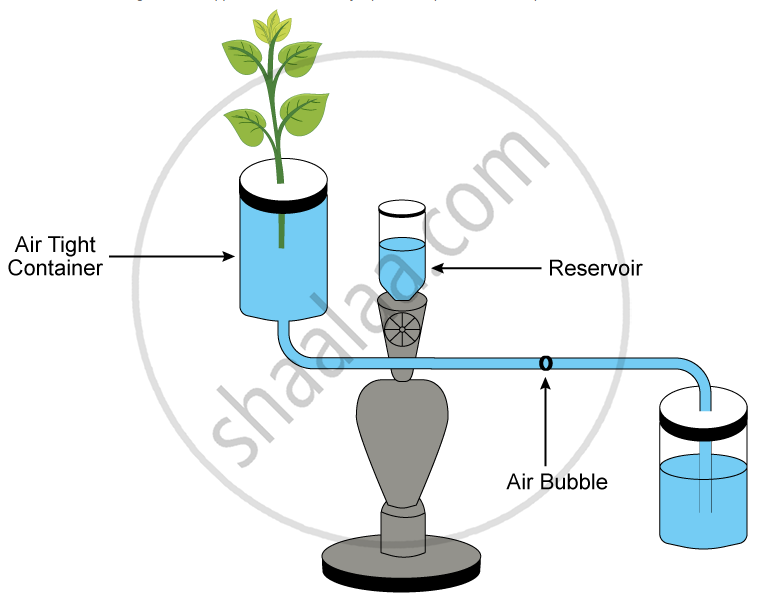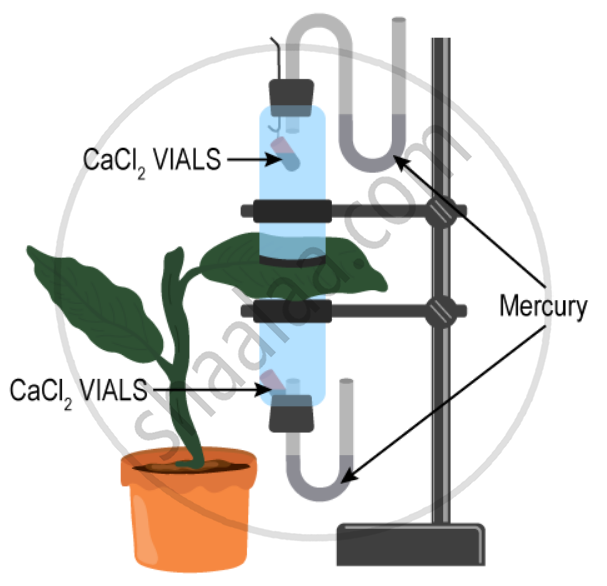Advertisements
Advertisements
Question
Write any two limitations of using a Ganong's potometer to demonstrate the uptake of water.
Solution
The limitations of using Ganong's potometer to demonstrate the uptake of water are:
- One of the biggest disadvantages is that correctly setting up and calibrating can take some time and effort, which can be inconvenient if you need to gather data rapidly.
- Because the potometer relies on the plant's water intake to measure transpiration, variations in soil moisture or root pressure can skew your results.
- Air bubbles in the tubing or leaks in the system can potentially interfere with your measurements.
APPEARS IN
RELATED QUESTIONS
Name the following:
An instrument used to find the rate of transpiration.
Which of the following statements are true and which ones are false? Give reason in support of your answer.
Forest contribute in bringing rains.
What is lenticular transpiration? Mention one major difference between lenticular transpiration and stomatal transpiration.
Droplets of water may sometimes be seen along the margins of the leaves of a banana plant, growing in wet soil, in the mornings. Are these dew drops? Comment upon your answer.
Given below is the diagram of an apparatus used to study a particular phenomenon in plants:

- Name the apparatus.
- What is it used for?
- What is the role played by the air-bubble in this experiment?
- What is the use of the reservoir?
- What happens to the movement of the air-bubble if the apparatus is kept:
- in the dark
- in sunlight
- in front of a fan?
Give a reason in each case.
Given below is the diagram of an apparatus used to study a particular phenomenon in plants:

What is the role played by the air-bubble in this experiment?
Given below is the diagram of an apparatus used to study a particular phenomenon in plants:

What is the use of the reservoir?
The apparatus shown in the following diagram is Garreau’s potometer designed to demonstrate unequal transpiration from the two surfaces of a dorsiventral leaf Before keeping the leaf in between the cups, anhydrous calcium chloride (CaCl2) contained in two small vials were weighed and placed in both the cups. The ends of the cups were closed with corks through which two mercury manometers were connected. After few hours, CaCl2 vials were taken out and weighed again.

What is the purpose of keeping CaCl2 vials inside the cup?
The apparatus used to measure the rate of transpiration is ______.
